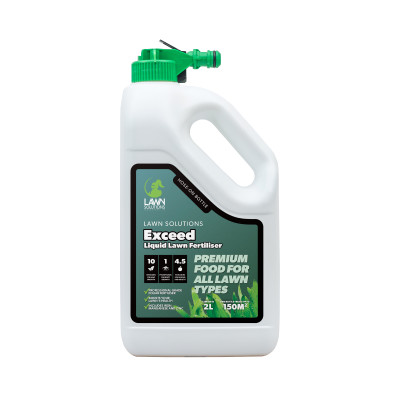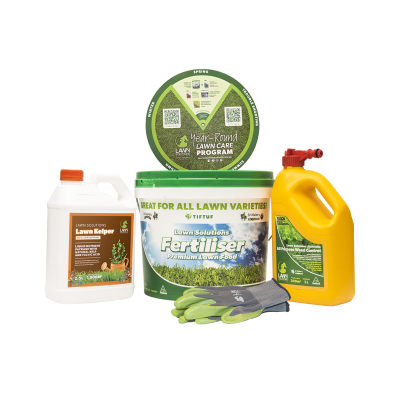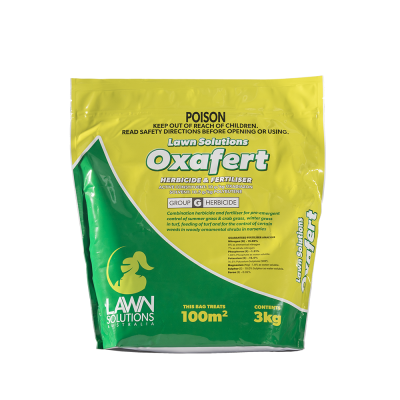Much of the soil across Australia has a high clay content. In some cases, this can hinder your turf growth. But don’t fear! We’ve got some tips and tricks on how you can improve your clay soil and advice for installing turf on a clay base…
But first, what is clay?
Clay soils are made up of very fine mineral particles, usually less than 0.005 millimetres in diameter. These minerals are aluminium, magnesium, and silica. Clay can also contain potassium, calcium, and sodium. The fine particles leave limited space between the mineral particles, making the area more susceptible to becoming compacted and waterlogged. Clay soil will usually lack organic material, which is not ideal for turf growth.
The ribbon test
To see what type of soil you have, conduct a ribbon test. This will show what sort and size of particles your soil contains – sand, silt, or clay and in what proportion.
Pick up a handful of soil and sort it together, adding a little water at a time until it is moist. Note the different textures. Sand particles are course to feel. The smoother particles will be either be clay, silt, or humus.
Now squeeze the sample and try and form it into a ball. If it contains a fair proportion of clay and humus this should be easy, but if it contains a lot of sand, it will keep breaking up.
Next, gently squeeze the ball to lengthen it into a strip or ‘ribbon’ and see how long you can make it before it starts to break up. The more clay it contains, the longer the ribbon will get and the more plastic it will feel to the touch. Soil ribbons can range in length from about 5mm – 75mm, with sandy soils being shortest, loamy soils in the middle, and clay soils the longest.

Turf and clay
The limited space between clay particles makes it difficult for air and nutrients to go into the soil base. Clay soils will often struggle to drain away water, especially if the clay is compacted. Turf in clay soils will also struggle to have a good root system. This is because the grass roots are not strong enough to grow down into the clay.
When working around clay soils, it is important to have the right moisture content. With too much water, the soil will become slippery and boggy. When the soil is like this it is best to wait until the area has dried out before doing work on it. If the clay is too dry it will become hard and very difficult to cultivate.

Improving an existing lawns clay base
To improve your clay soil for laying turf, make sure the base isn’t too wet or isn’t too dry before you start. Firstly, aerate the area with a garden fork. Then spread-out the gypsum. The amount of gypsum needed will depend on your soil. For light clay, 1kg/square metre is the usual application rate. For heavy clay soils, 2kg/metre.

Laying turf on a clay soil
When laying a new lawn on a clay soil, there are a few extra steps that you can take in the soil preparation process to help ensure your new lawn thrives.
When preparing the soil base, ensure any existing vegetation has been treated and removed. Then spread out a clay breaker like gypsum. This will help improve drainage, soil structure, and oxygen levels.
Then bring in a sandy loam (80% sand, 20% loam) to use a turf underlay. By adding in a turf underlay mix, the new turf will be able to properly root down into the soil.
By taking these few extra steps throughout the preparation process, your lawn will be healthier and stronger. The grass will have a stronger root system, will be able to better absorb nutrient’s and better drain away excess water.
Check out the lawn solutions Australia lawn care page for more helpful tips and advice here.


